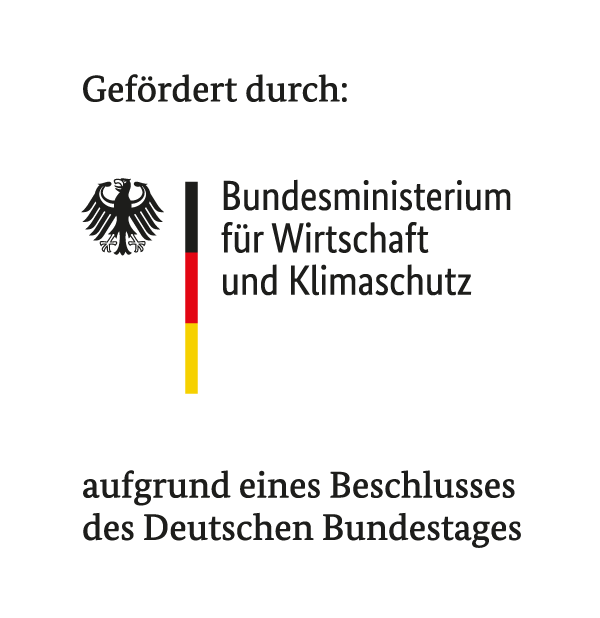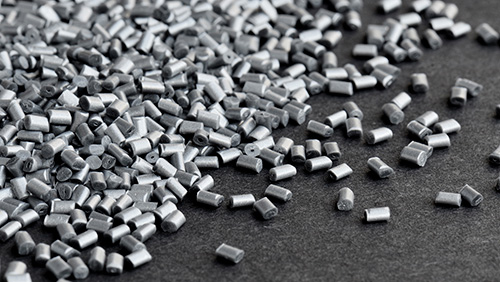Find projects
WPC SiSiC III
3D printing of WPC for the production of near-net-shape complex SiSiC components
Project duration
From: 01.04.2022 To: 31.01.2025Description
The most significant material in non-oxide technical ceramics is silicon carbide. The presence of SiC particles of a particularly high hardness in the initial mixtures employed in current manufacturing processes has been identified as a significant contributing factor to the occurrence of substantial abrasive tool wear of metallic components during the green body production process. In previous projects, an alternative manufacturing route without abrasive SiC particles has already been developed via the pyrolysis of thermoplastic wood polymer composites (WPC) green bodies and subsequent siliconization to SiSiC ceramics. In this project, additive manufacturing was utilised, a process which allows tool-free shaping, the development of complex component designs and cost-effective production, even in small quantities. This method was employed to develop WPC-based green bodies. In order to achieve this objective, material systems incorporating wood additives were subjected to a process of fused filament fabrication (FFF) and fused granular fabrication (FGF), with subsequent adaptation to the requirements of high-temperature processing to SiSiC. Despite the considerable challenge of formulating a material that could be extruded into a filament, processed using FFF and FGF, and then pyrolyzed in a dimensionally stable manner, the project successfully identified and developed a number of suitable formulations. These findings can serve as a foundational starting point for SMEs to embark on their own developmental endeavours in the field of bio-based, 3D-printed SiSiC ceramics. In the project, ceramics with a density of approximately 2.6 g/cm3 and a 4-point flexural strength of approximately 228 MPa could be processed, thereby achieving strengths comparable to those of conventional processes and, in some cases, superior properties to those of additively manufactured components.
Contact person:









